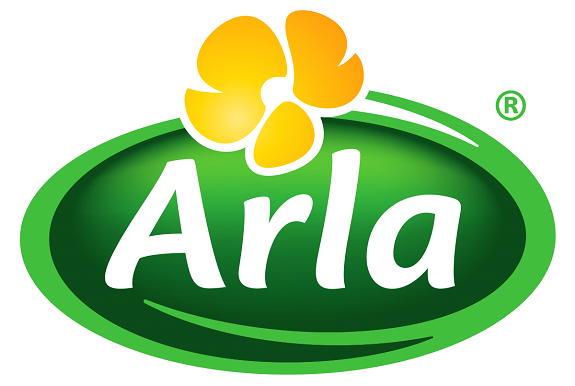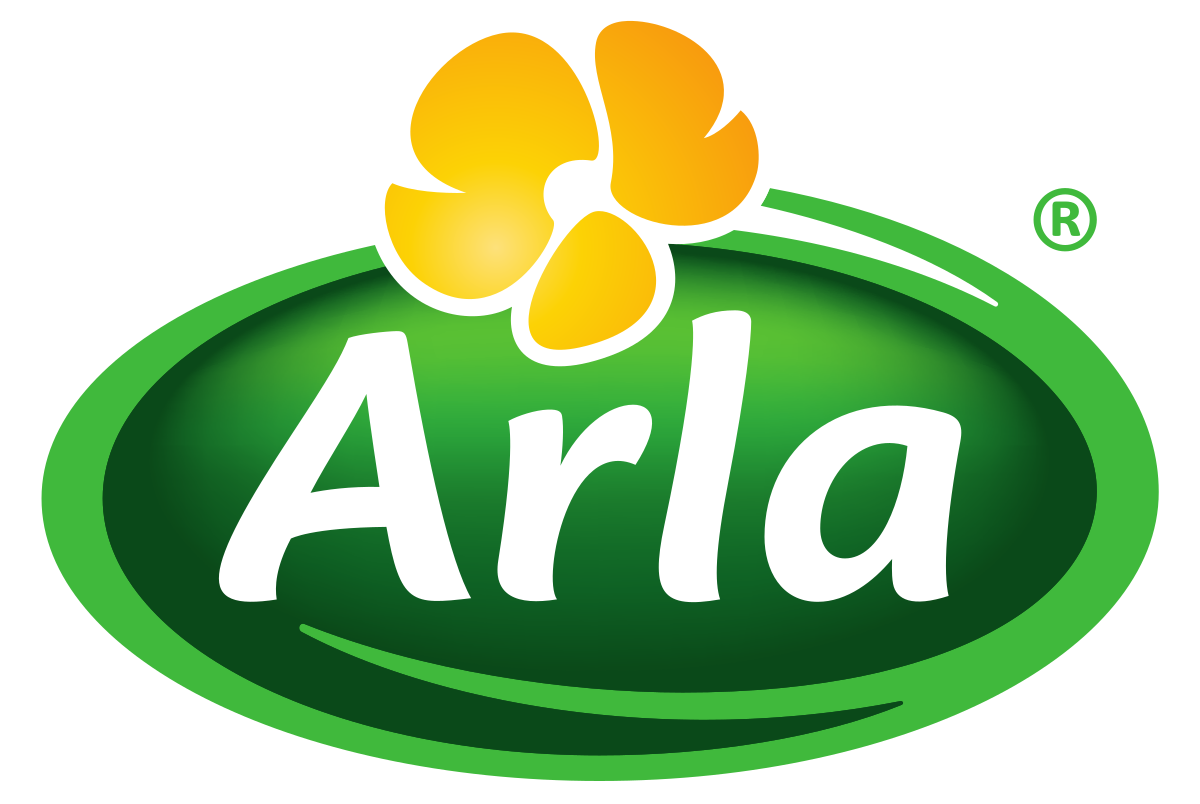CPG Weekly Roundup: May 30 - June 5
This week’s CPG headlines offer a window into how brands are navigating flavor innovation, channel strategy, consumer behavior shifts, and macroeconomic headwinds. From protein-packed breakfasts and repositioned beverages to global spirits brands facing tough calls on tariffs and production, each story reveals something deeper about the choices companies are making to stay competitive—and stay relevant. Whether you’re leading a brand or hiring talent to grow one, these are the signals worth watching.

BERO Launches Double Tasty IPA
BERO has released a new West Coast-style IPA called Double Tasty, a brew designed to emphasize both hop-forward flavor and lifestyle positioning. The launch is part of the brand’s strategy to marry craft beer quality with messaging around intentional living and “a life enriched.” The packaging, copy, and marketing all reflect this hybrid of flavor-first and values-forward storytelling. BERO says this launch is just the start of a broader portfolio refresh aimed at today’s mindful drinkers.

Mush Adds Protein Overnight Oats
Refrigerated oats brand Mush has introduced a high-protein version of its single-serve overnight oats, targeting consumers looking to boost satiety and nutrition without sacrificing convenience. The new line features 10–11 grams of protein per cup, keeping its dairy-free and no-added-sugar promises intact. This innovation taps into the functional food trend while reinforcing Mush’s role as a clean-label option in the breakfast set. It’s positioned as a smart grab-and-go option for health-conscious consumers seeking more from their first meal of the day.

Purely Elizabeth Unveils Protein Oatmeal Line
Purely Elizabeth has expanded into the protein category with a new line of instant oatmeals designed to deliver 9 grams of protein per serving. The product uses superfood ingredients like chia, flax, and quinoa to enhance nutritional value, and it aligns with the brand’s mission of offering elevated pantry staples. Packaged in recyclable cups and appealing to Whole Foods-style shoppers, the line is already rolling out nationally. It’s the latest move from a brand that’s consistently prioritized ingredient integrity and wellness positioning.

Brown-Forman Forecasts Revenue Decline Amid Tariff Pressure
Brown-Forman—the maker of Jack Daniel’s—announced it expects lower annual revenue and profit as EU tariffs and weak global demand weigh on performance. The company pointed to macroeconomic softness and geopolitical complications as barriers to international growth. Despite stronger U.S. trends, international business, which accounts for a major portion of total revenue, has faced disruptions. The update highlights the vulnerabilities global spirits companies face amid shifting trade dynamics and uneven market recovery.
.jpg?width=804&height=536&name=Gorgie%20(1).jpg)
Gorgie Launches Pink Lemonade Flavor at Target
Functional energy drink brand Gorgie has dropped a new Pink Lemonade flavor, available exclusively at 1,939 Target stores. The expansion plays into both seasonal flavor trends and the growing overlap between wellness and energy categories. Gorgie’s zero-sugar, vegan formula appeals to the Gen Z consumer looking for better-for-you performance drinks that also deliver fun flavor profiles. The exclusive retail play also reinforces the brand’s strong push toward mass visibility.

Casa Azul Relocates to New Distillery
Tequila and ready-to-drink brand Casa Azul has moved production to a new facility in Arandas, Mexico—one that allows the brand to scale operations while maintaining its commitment to craft methods. The new distillery is designed to balance output volume with artisanal integrity, a key challenge for fast-growing spirits brands. Casa Azul’s leadership noted that proximity to raw materials and tight control over the supply chain were core reasons for the relocation. The brand plans to continue innovating across its tequila and sparkling RTD lines.
.jpeg?width=1200&height=800&name=Reuters%20Image%20(1).jpeg)
Campbell’s Sees Growth from At-Home Eating Trend
Campbell’s exceeded Q3 earnings expectations, driven by continued consumer preference for at-home meals and strategic pricing. Demand for core products like soups and snacks remains strong, particularly among budget-conscious shoppers. While overall grocery inflation is easing, Campbell’s has managed to maintain margins through supply chain efficiency and brand loyalty. The report also hinted at increased marketing spend to reinforce relevance with younger consumers amid shifting eating habits.

High-Protein Bar Brand David Raises $7.5M
David, a high-protein bar brand with bold Gen Z branding—closed a $75 million fundraising round to accelerate retail expansion and product development. Known for its clean ingredients, functional macros, and cheeky tone of voice, the brand is targeting health-aware consumers who want performance nutrition without clinical branding. The raise reflects continued investor confidence in protein-based convenience snacks, especially ones that understand how to blend cultural resonance with solid formulations.
What This Means for the CPG Industry
This week’s headlines reflect a CPG sector that’s simultaneously scaling up and niching down. On one side, legacy brands like Campbell’s are thriving by owning familiar habits—meals at home, pantry staples, value-driven choices—while emerging players like David and Gorgie are using bold flavor, design, and retail strategy to speak to a different kind of consumer: younger, values-led, and unwilling to compromise on taste or function.
We’re also seeing the protein trend go mainstream across categories. With Mush and Purely Elizabeth both rolling out protein-enhanced oat products, it’s clear that functional benefits are no longer a differentiator—they’re the baseline. Brands that once competed on purity or simplicity alone are now layering in protein, adaptogens, and other performance ingredients to stay competitive on shelf.
In the beverage space, Casa Azul’s distillery move and BERO's lifestyle-forward IPA launch show how even craft and premium brands are thinking operationally—managing supply chains, refreshing portfolios, and aligning messaging to consumer identity. Meanwhile, Brown-Forman’s forecast reminds us that even iconic brands aren’t immune to trade politics or global softness. As the global landscape remains uneven, domestic strategy, manufacturing proximity, and channel diversification are becoming non-negotiable for growth.
At the heart of it all: execution. The brands making real moves—whether they’re adding protein, shifting facilities, or chasing exclusive shelf space—are doing so with clear alignment between product, purpose, and positioning. That’s not just trend-chasing. That’s brand building.
Conclusion
As May turns to June, this week’s roundup captures the complexity of winning in CPG today. It’s not just about great taste or good branding—it’s about how quickly and thoughtfully companies can respond to both consumer appetite and operational realities. Whether you’re optimizing distribution, upgrading production, or rethinking product architecture, the bar is higher across the board. Smart teams are already adjusting. Are you?
















